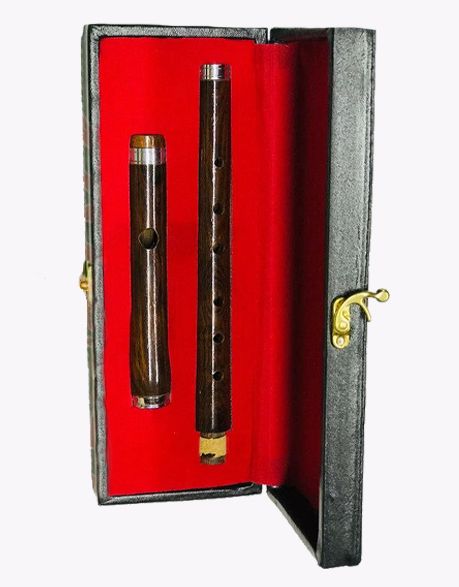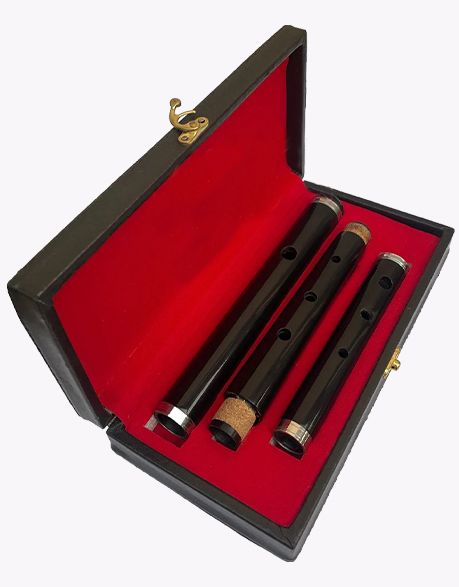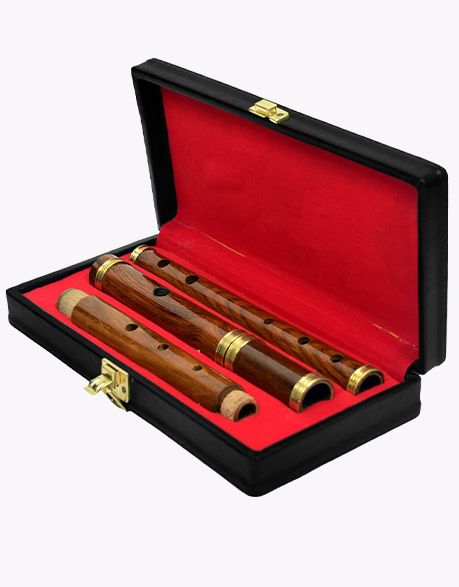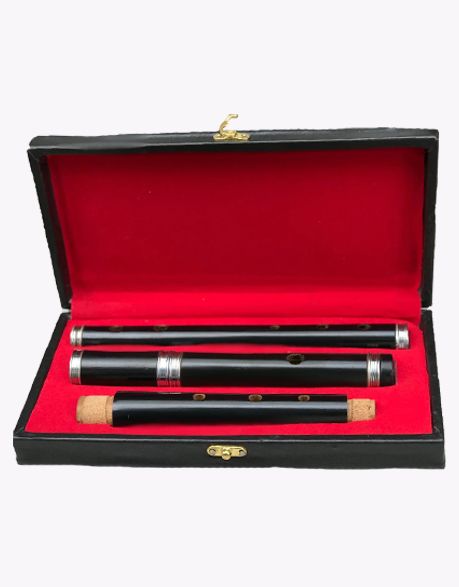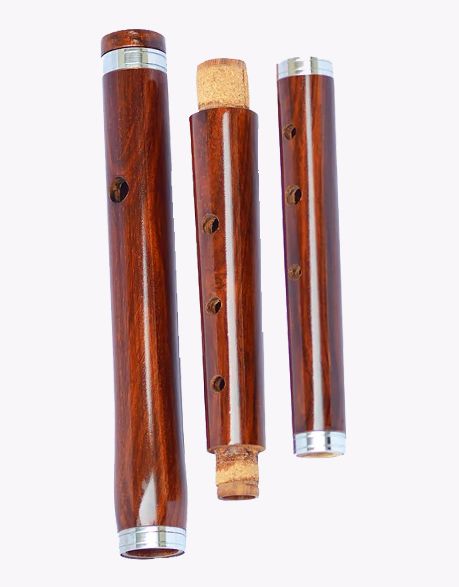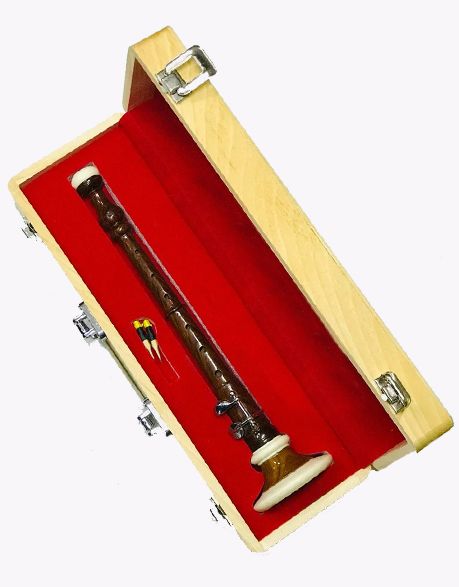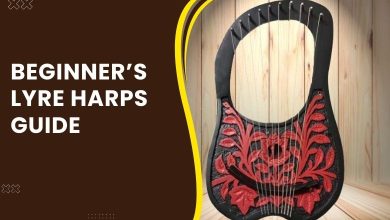Irish Flutes: Origins, Craftsmanship & How to Choose!
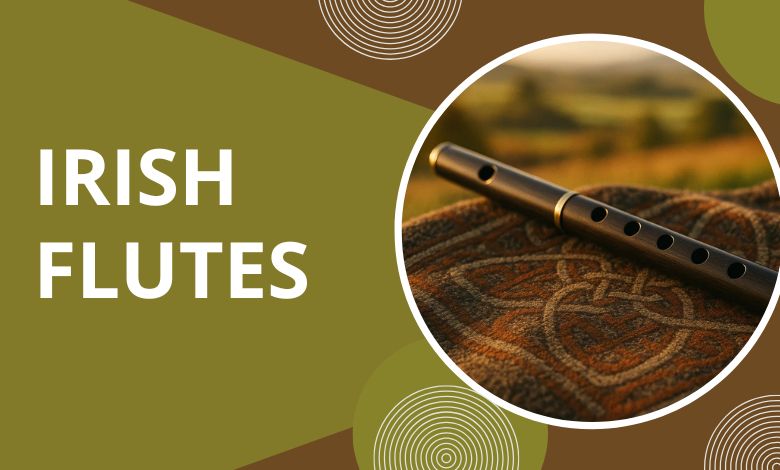
Celtic or traditional Irish music is the backbone of Ireland. There are different woodwind instruments: flutes, bagpipes, and lyre harps. All of these musical systems are traditional, while flutes are considered to be the simplest. This article revolves around Irish flutes, with an aim of telling you about their key features, history, craftsmanship, and more. Let’s begin our discussion with understanding the key characteristics of this musical tool.
Table of Contents
ToggleKey Characteristics of Irish Flutes
Irish flutes are a traditional part of Irish and Scottish traditional music that they have been playing for centuries. They are simple instruments with simple features. Their primary identification is a set of holes. Usually, they have 3 parts: headjoint, body, and footjoint. They all perform uniquely in producing melodies. Remember, the footjoint is optional in some systems.
Moreover, flutes can be keyed and keyless as well. These keys are finger-operated to open or close the holes. Regarding the size, they are not so long since their length is 26 inches, and they weigh somewhere between 400 and 500 grams, depending on material and quality.
Origins & Cultural Significance
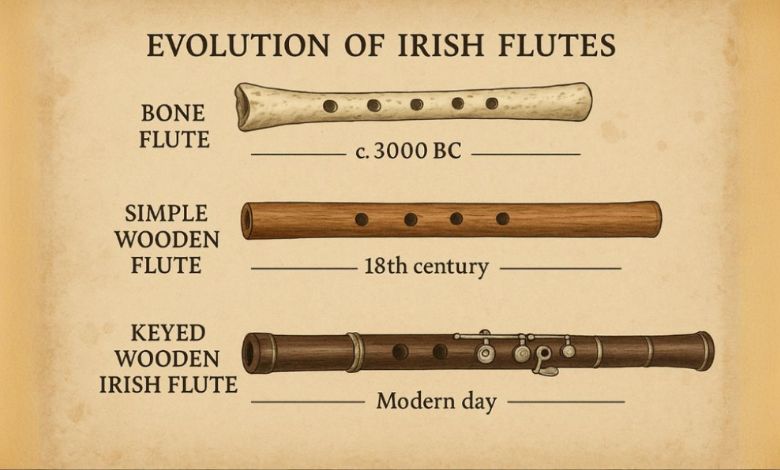
Despite its modern association with Highland heritage, the flute is not native to Scotland or Ireland. During the 18th century, Irish flutes were included in Irish music. The flute, which dates to 900 B.C. or before, is the earliest woodwind instrument. According to some reports, flutes were created 40,000 years ago, and humans used to construct them out of bone. Theobald Boehm (a German artist and musician) is considered to have improved flutes.
This flute gained popularity in Ireland in the early 19th century. Many variations in this musical instrument changed its visuals; even people made it with silver, but Irish people still use wooden flutes to keep the culture alive. Those made with other materials like silver and metal are also famous there. However, people desiring to stay connected to their past use wooden-made musical tools.
Craftsmanship of the Irish Flute
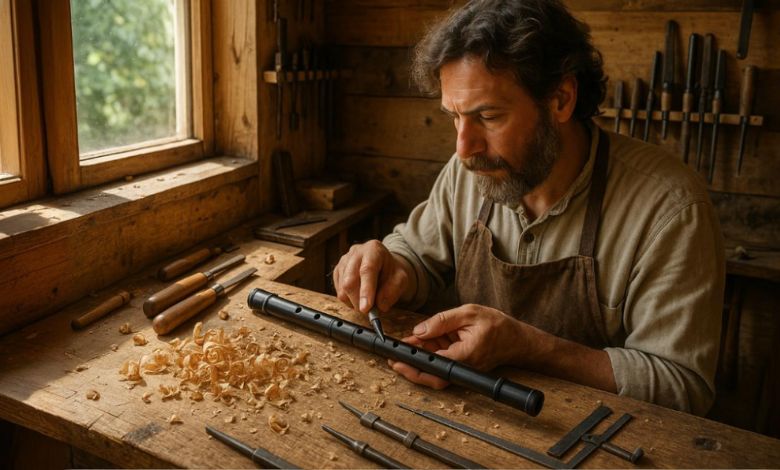
Regarding the craftsmanship of Irish flutes, there are many things that impact their construction. The first aspect here, undoubtedly, is the material to craft it. Similarly, the design and construction are also the primary aspects. In addition, sustainable-friendly people also have good news here since flute-makers also prioritize saving the environment now. Let’s dive into the details of these aspects individually!
Materials Used
The material used to make flutes impacts the craftsmanship significantly. As already mentioned, Irish people prefer crafting it with wood, and the preferred wood type is African blackwood, which is the traditional one. Because of its rarity and high prices, experts found some alternatives like rosewood and boxwood. Therefore, some synthetic materials like PVC and Delrin are also commonly used. Remember, the quality and type of wood highly impact the sounds to be produced.
Design & Construction
The construction of a flute, and eventually its sound and playability, are greatly influenced by its design. The flute’s ergonomics, sonic qualities, and tuning are influenced by design decisions like taper, material, and hole placement.
Environmental & Ethical Considerations
Sustainability in flute manufacturing is being aided by environmental awareness, the use of recycled materials, and the development of eco-friendly alternatives. Some flutes are being made from bamboo, a material that grows swiftly and is renewable. First and foremost, you may recycle and reuse outdated flute parts and materials like wood, metal, and cork.
Choosing the Right Irish Flute
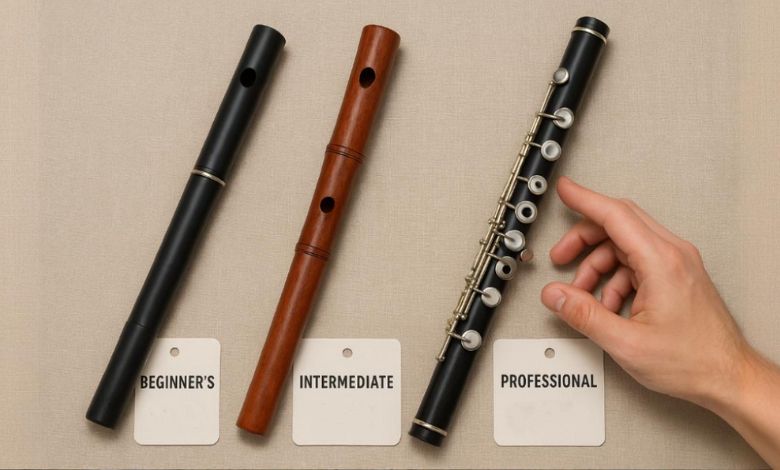
Flutes are simple, and experts consider them easier to play compared to other instruments like bagpipes. But there is something that is more important, and it is to choose the right one. The buyers must have a few things in their considerations while buying one.
For Different Skill Levels: The first thing is knowing the skill level. This simple system also requires expertise to be played. So, analyze your expertise first and then buy accordingly.
Trying Before Buying: Some brands claim to provide the best flutes, which is not true every time. So, trying before buying is crucial. If you cannot check physically or buy online, ensure you check the reviews on the store’s website.
Budget & Value: Affordability witnesses some problems in the current inflated era. This is why budget should be the priority. Do not consider the current price of flutes only, but their long-time maintenance considerations are also important. Ensure you check prices of the desired products at multiple stores first.
Exceptional Products You Should Consider Buying
Maintenance & Longevity
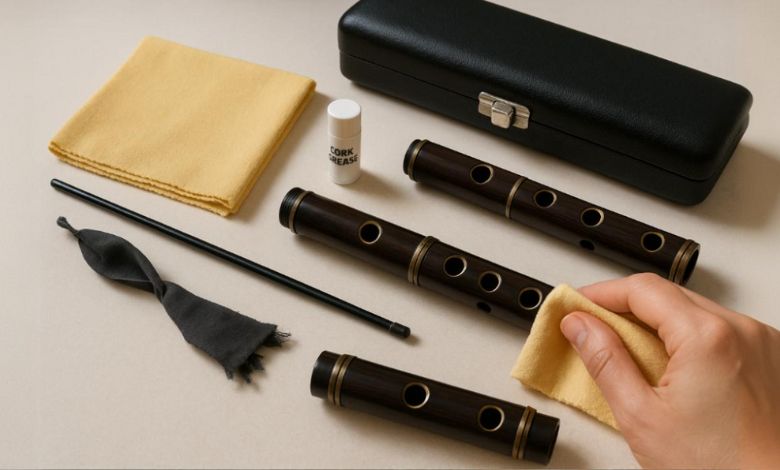
Regular maintenance of your musical instrument helps increase its longevity. So you must clean and maintain every part for maximum outcomes. Here are some simple tips one must follow:
- Pay the exterior special attention to prevent cracks and color fade. Start with wiping down the exterior of the flute with a soft cloth to remove fingerprints and dirt.
- Maintaining the interior is important too. Use a cleaning rod and cloth to remove moisture, which helps prevent damage to the pads. It will help prevent moisture from damaging the pads.
- Do not underestimate the headjoint, and clean it, paying special attention to the embouchure plate.
- Proper storage helps your product to stay longer with you. So, store the flute in its case, which provides protection and helps maintain its shape.
- Ensure you select a cool, dry place to place the flute so the warps or cracks may not affect it, especially for wooden parts.
Buy Premium Quality Flutes at Irish Kilt Shop
You are looking for an Irish flute but are uncertain where to shop for it. Your concern is valid because some platforms claim to be the best but fail to deliver according to their claim. To prevent such issues, we are here to tell you about the best brand, which offers premium quality along with affordability and excellent return and exchange policies. Our brand, Irish Kilt Shop, has a variety of flutes, so you may not return without placing an order!

